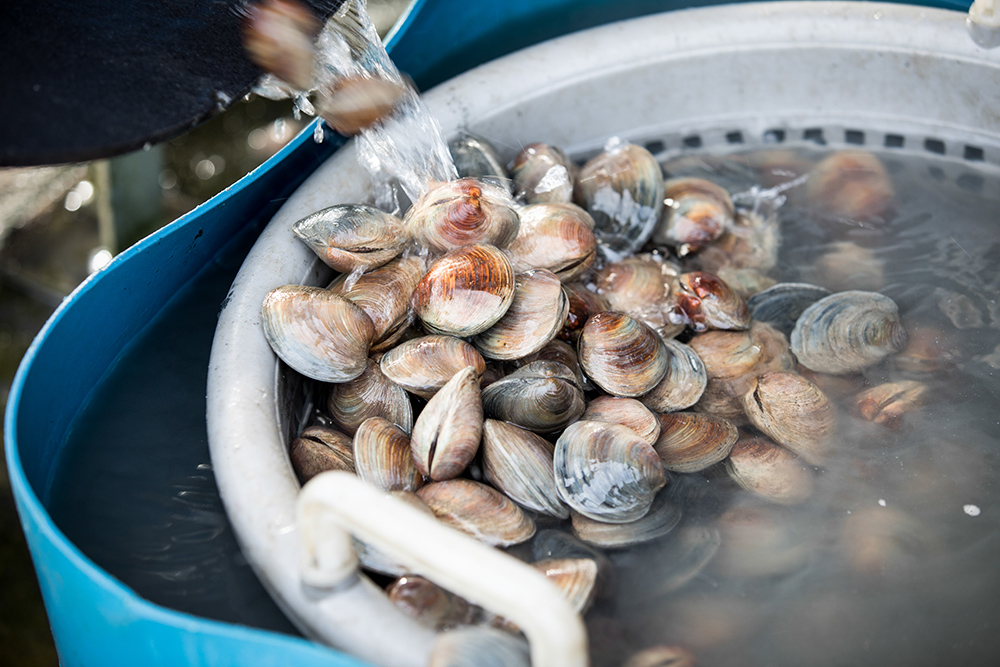By George Boyhan
University of Georgia
It happens one way or another, in a passive or active process.
In the passive mode, just pile up yard and kitchen waste and let it break down naturally. In active composting, turn the pile regularly to speed up the process and keep it going.
The drawbacks to passive composting are that it can take up to two years and, if the pile doesn't get enough oxygen, it can start breaking down without it. That will stink.
This often occurs if the pile has too much moisture and drains poorly, particularly in times of heavy rain.
Easy rotter
The upside to passive composting is it's easy. Over time, with passive composting, rich compost forms underneath the pile. To access the compost, just remove the fresh organic matter on top and dig out the compost.Composting can be a continuous process, with new materials added to the pile as they become available. Or, you can do it in batches, with the proper ratio of materials combined and turned regularly until the compost is finished.
To build a proper compost pile, use the right mix of materials to start the decomposition and keep the process going. Commercial composters refer to the proper carbon-to-nitrogen ratio, usually in the 25:1 to 40:1 range.
Brown and green
An easy way to look at this mix is the blend of brown and green materials. Brown materials are rich in carbon and relatively low in nitrogen. These include leaves, pine bark, straw and chipped or shredded wood. Leaves, twigs and branches will compost faster if you shred or chip them before adding them to the pile.Green materials are rich in nitrogen -- grass clippings, kitchen scraps, manures.
When you form a compost pile, make 80 percent of the volume brown and 20 percent green for the best composting. Mix these thoroughly to begin the process.
Turning a compost pile every three to seven days makes the process go quickly to completion. But it's not required.
Hot's right
You can be sure the process is ongoing by the heat in the pile. If there's no heat, it isn't composting. After four to six weeks, the heat-generating process will dissipate, followed by eight to 12 weeks during which the compost will mature.No composting structure is required, but a bin can help keep things tidy. It's easy to build one with lumber and wire. Store-bought bins and tumblers can keep materials together and aid the turning process.
Some noteworthy don'ts:
- Don't use fresh sawdust, particularly from older pressure-treated lumber. (Older wood treatments used highly toxic arsenic compounds.) Fresh sawdust takes a long time to break down. It can use up nitrogen, stopping the composting.
- Don't put meats, bones, grease and similar kitchen waste in the pile. They can smell bad and attract vermin. Grease can block air flow.
- Don't add cat or dog manure. It will smell bad and may present a disease problem. Manures from horses, cows and chickens are OK, but handle them carefully. Neighbors might not appreciate barnyard smells. Chicken litter, especially, has a strong ammonia odor.
When the compost has matured, add it to your garden or lawn. Use it as mulch, or add it to a potting mix. Or steep it in a porous bag for 30 minutes to several hours and then water your plants with the nutrient-rich compost tea.
(George Boyhan is an Extension Service horticulturist with the University of Georgia College of Agricultural and Environmental Sciences.)






